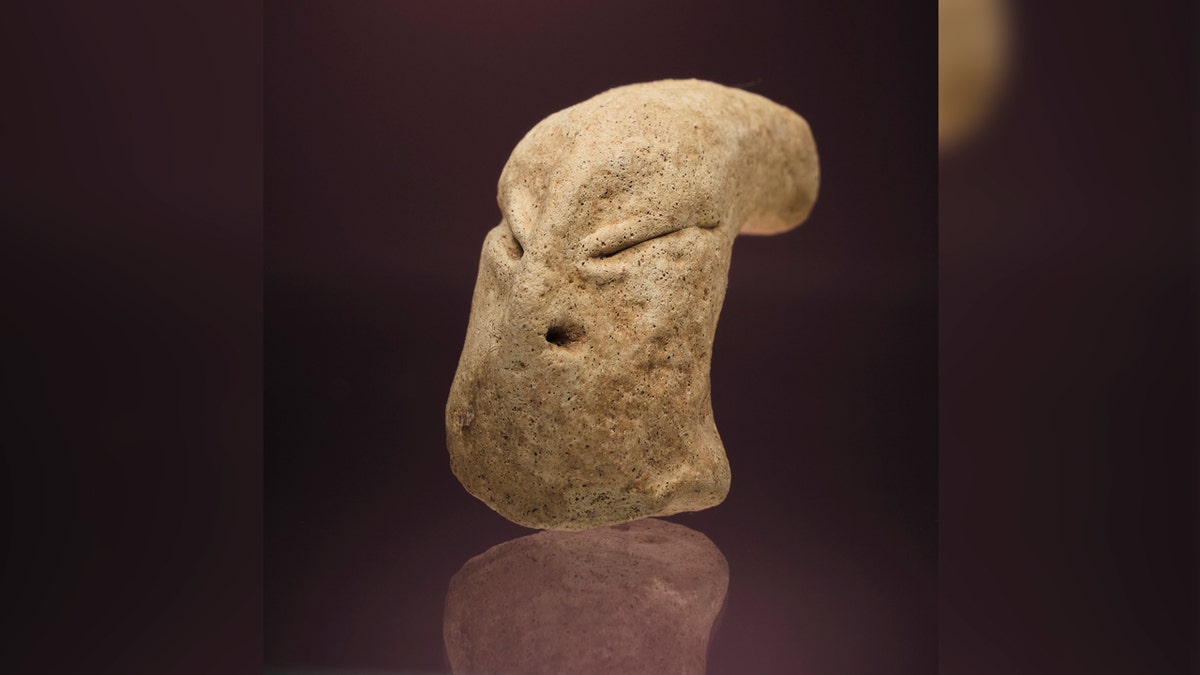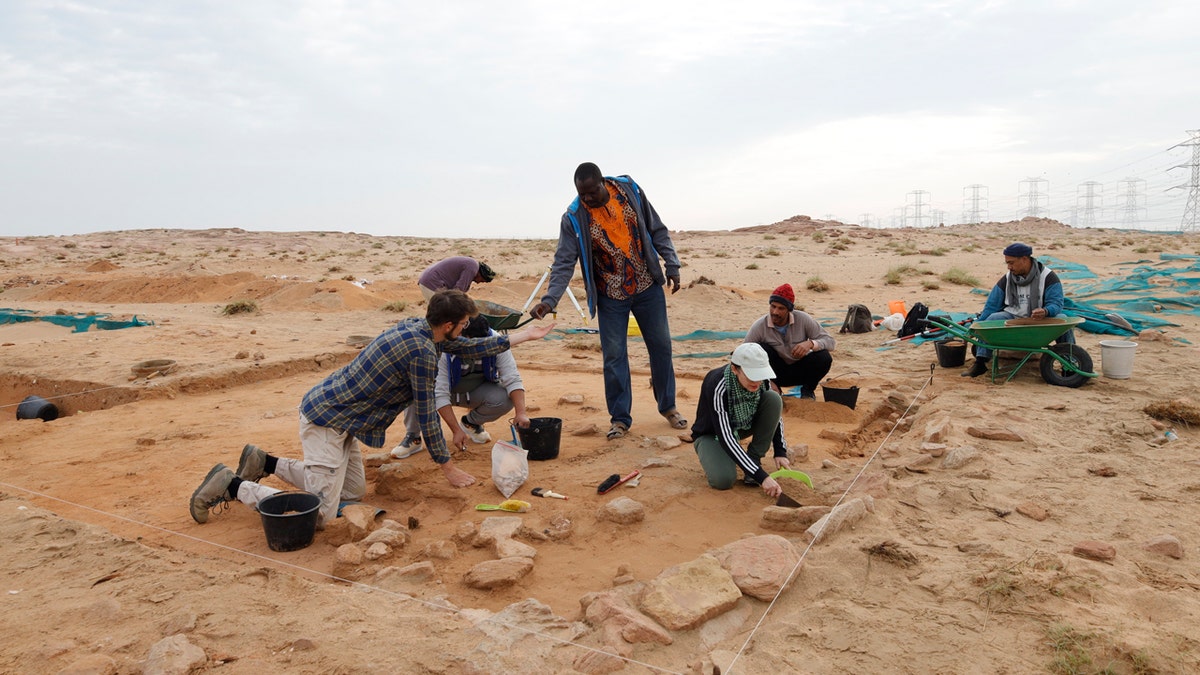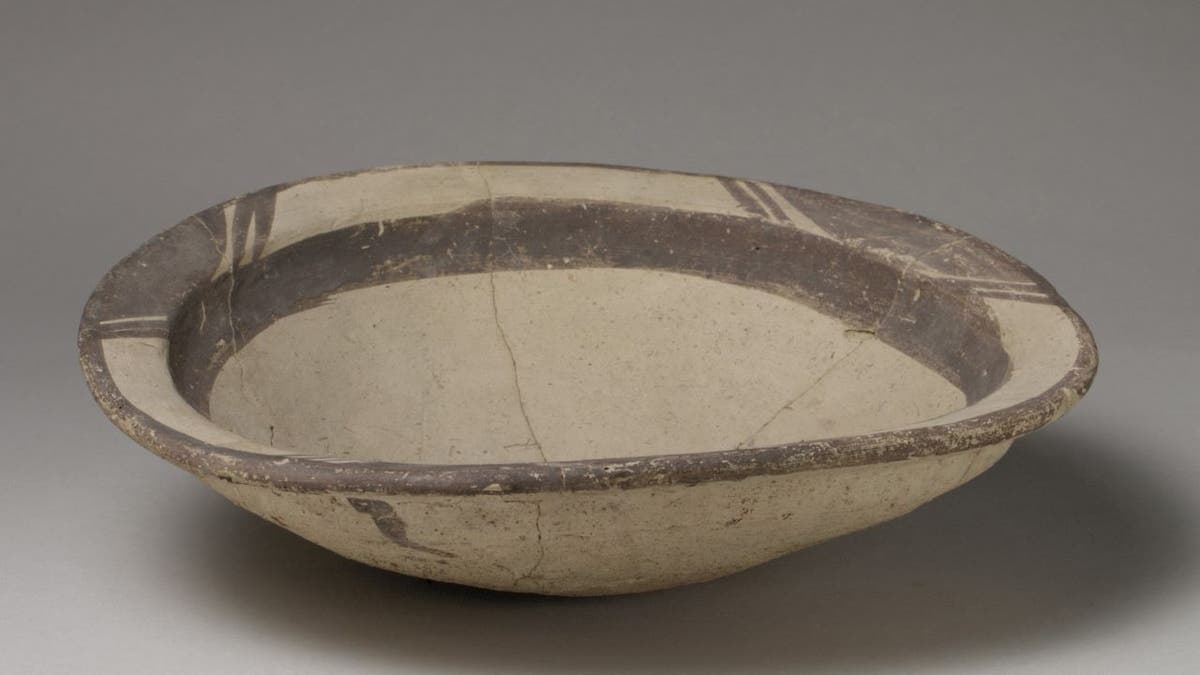Archaeologists working in Kuwait have unearthed a peculiar clay head with otherworldly features, raising questions about its origins and purpose. The artifact, discovered at the Bahra 1 site in Kuwait's Subiya region, dates back to the Ubaid period of ancient Mesopotamia (6th millennium BCE), making it approximately 7,000 to 8,000 years old.

Described as small and finely crafted, the head features an elongated skull, slanted eyes, and a flat nose. While similar figurines have been found in other regions, this is the first such discovery in the Persian Gulf, according to a press release from the University of Warsaw, which is collaborating with Kuwaiti researchers on the excavation.
Professor Piotr Bieliński, quoted in the release, expressed intrigue about the artifact's meaning and potential ritualistic significance for the ancient community. Beyond the enigmatic head, the excavation also yielded two distinct pottery types: Ubaid ware imported from Mesopotamia, and Coarse Red Ware (CRW), typically associated with the Arabian Peninsula.

The presence of unfired CRW at Bahra 1 confirms the site as the oldest known pottery production center in the Persian Gulf. This discovery adds another layer of importance to Bahra 1, already recognized as one of the oldest and largest settlements in the Arabian Peninsula. Researchers also found plant fragments embedded in the pottery, which will undergo archaeobotanical analysis to shed light on the local flora of the time.

Dr. Roman Hovsepyan noted early analysis reveals traces of wild plants, particularly reed, in the locally produced pottery, while the imported Ubaid ware contains remnants of cultivated plants like barley and wheat. The ongoing excavations at Bahra 1 promise to further illuminate the cultural exchange between Arabian Neolithic societies and the Mesopotamian Ubaid culture.
Comments(0)
Top Comments